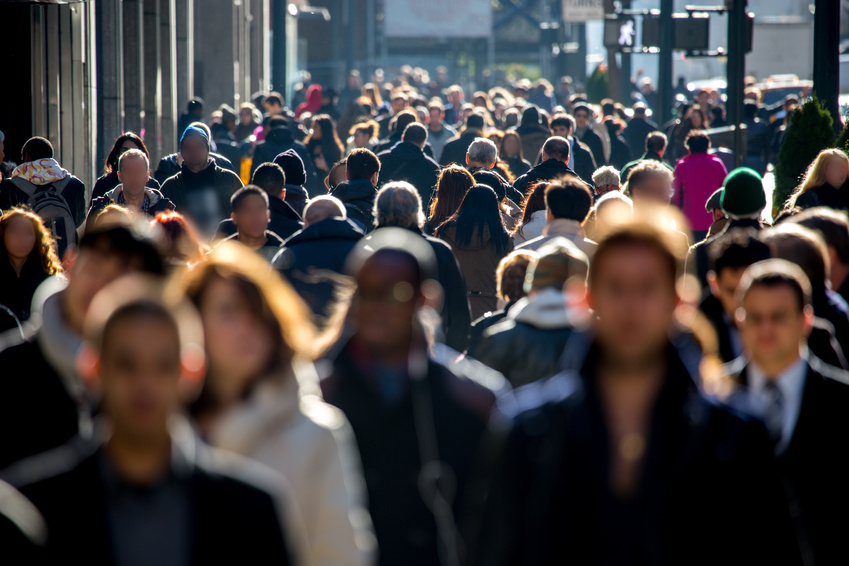 Striving to make streets safer for everyone is a win-win. Regardless of how you traverse city streets — by bike, foot, car, bus, skateboard — we are all in this together. And since New York City Mayor Bill de Blasio came into office, safer streets has been one of his major goals. His Vision Zero plan strives to bring traffic fatalities down to zero by 2024.
Striving to make streets safer for everyone is a win-win. Regardless of how you traverse city streets — by bike, foot, car, bus, skateboard — we are all in this together. And since New York City Mayor Bill de Blasio came into office, safer streets has been one of his major goals. His Vision Zero plan strives to bring traffic fatalities down to zero by 2024.
Mayor de Blasio isn’t out to get cars. He wants to increase safety for everyone who traverses NYC streets — no matter how he/she travels along them. He modeled his Vision Zero after similar legislation in Sweden that was implemented in the late 90s. And last week, the City Council passed 11 measures as part of that Vision Zero initiative.
New York City is one of the most walkable cities, yet traffic congestion often brings pedestrians and motorists head-to-head. The city estimates that every two hours, someone is seriously injured or killed in the city by a vehicle. Every two hours. The leading cause of injury-related death for people under age 14 in the city: being struck by a vehicle.
In January, that battle reached a tipping point after a cab driver struck a child and his father as they were crossing with the light on the Upper West Side. That young boy, Cooper Stock, was killed and one of the measures passed last week includes a law named after him. Cooper’s Law now “gives the city the power to suspend or revoke the license of a cabdriver who kills or maims a pedestrian with the right of way on a New York street.” This may not sound like much, but it is a step forward. Yes, drivers are required by law to yield to pedestrians, but everyone who walks anywhere knows that doesn’t always happen. And it’s rarely enforced on a meaningful scale. The driver of the cab, for example, only received a failure to yield ticket ($300).
In addition to Cooper’s Law, the other 10 additional measures aimed at making NY City streets safer for pedestrians, cyclists and motorists include:
- increased penalties for drivers who hit a pedestrian or bicyclist who has the right of way
- repairing missing or damaged traffic signals w/in 24 hours of being reported
- “slow zones” with 20 mph speed limits, speed bumps and traffic calming measures
- fines and possible jail time for reckless “stunt behavior”The City Council also passed resolutions to gain permission from the state to lower speed limits across the city and increase the number of red-light cameras.Sweden has reduced its traffic fatalities by 30% since implementing Vision Zero in 1997. Minnesota, Utah and Washington implemented Vision Zero policies in the 2000s and have seen a 40% reduction in traffic fatalities.Are initiatives like this a silver bullet? No, but they are a very important piece of the overall puzzle to rethink and redesign our cities around people, not just cars. And even if NY City never reaches its goal of zero traffic fatalities, all people will be safer and the city will be a better place because of these safer street initiatives.
Written by: Renee
Tags: vision zero, walkability, bill de blasio, pedestrian safety ny, ny pedestrian safety, cooper’s law, cooper’s law ny, nyc safe streets,



No Comment